Chancellor’s virtual visit ends with more questions than answers
Monday’s open forum addresses System Redesign
Chancellor Greenstein addresses an audience of over 250 participant over Zoom on the topic of the proposed integration.
October 7, 2020
Chancellor Dan Greenstein’s virtual visit to discuss the merger of Cal U, Edinboro University and Clarion University left faculty and students with more questions than answers on the impact on programs, staff and faculty on Monday.
In response to a question on how the three universities will collaborate, Greenstein said because the financial review is still underway, the state system is still at the beginning of a long integration process, and “we haven’t gotten to the hard questions like what’s it look like and how we’re going to do it.”
Freshman Brooklyn McKendree, one of the over 250 attendees, said she found the noon visit to be informative and beneficial, yet there were still some holes.
“I thought the chancellor answered the questions nicely,” she said. “I believe for some of the questions he did not answer all parts of the questions in the Zoom…I hoped that the Chancellor would have more information on the merge as far as what majors will be added or advanced in the merge.”
The largest point of discussion was around the technicalities of the proposed merger.
While the chancellor explained how the state system will provide a framework for the proposed single accredited entity, which will be the three schools. “We just aren’t there yet, we just aren’t,” he said.
One participant wondered what will happen to smaller majors that are not available at Edinboro and Clarion. Greenstein pointed out that the lack of disciplinary overlap helps expand opportunities for students. Now, students at Edinboro and Clarion will have the access to one of Cal U’s unique degrees and vice versa, he said.
“There are a lot of logistic hurdles, but I’d ask you to push the boat out a little bit further and think about restructuring the curriculum…,” he said.
Students whose coursework requires lab experience could study on another campus for a semester similar to how students study abroad, Greenstein explained.
“How about a semester in the engineering lab. I’m making this up, but you see what I mean,” he said. “This is going to take a lot of creativity and to me, that’s where the excitement lies.”
Despite many unknowns, the chancellor and his team are optimistic. Greenstein assured his audience on Monday that with Cal U’s “scrappy” and “can do” attitude, there will be success. David Pidgeon, PASSHE public relations director, said that schools have and will continue to adapt to student’s needs.
“California’s got a wonderful legacy,” Pigeon said. “You’ve got lots of history and you would’ve learned something about adapting to student needs if you were to have a university last as long as California has. This, where we are in the next chapter. We have an opportunity to shape that chapter.”
Greenstein’s 14-school virtual tour is the first time he has addressed questions about the integration plan, from public communities.
“It is always good to hear directly from Chancellor Greenstein about the issues facing our universities,” said Kelly Moran, Cal U chief of staff to the president. “The open forum held during his virtual visit gave our students and employees an opportunity to question him directly and learn firsthand about topics that affect our future.”
Though the Board of Governors authorized a financial review of potential integration of various PASSHE schools in July, the proposed partnership between the three western PA schools was not announced until mid-September.
The next step takes place on Oct. 15 where the Board of Governors will hold a public meeting and receive the proposed financial review. Any voting or decision-making will not occur until after the board receives the implementation plan in April 2021 and a 60-day public comment and public hearing period takes place.
“We want to be as forthcoming with information as we can understanding that there a lot of questions out there and, like I said, the questions that students may have, they are our questions too and that’s why we are engaged in exploring what’s possible,” said Pidgeon.

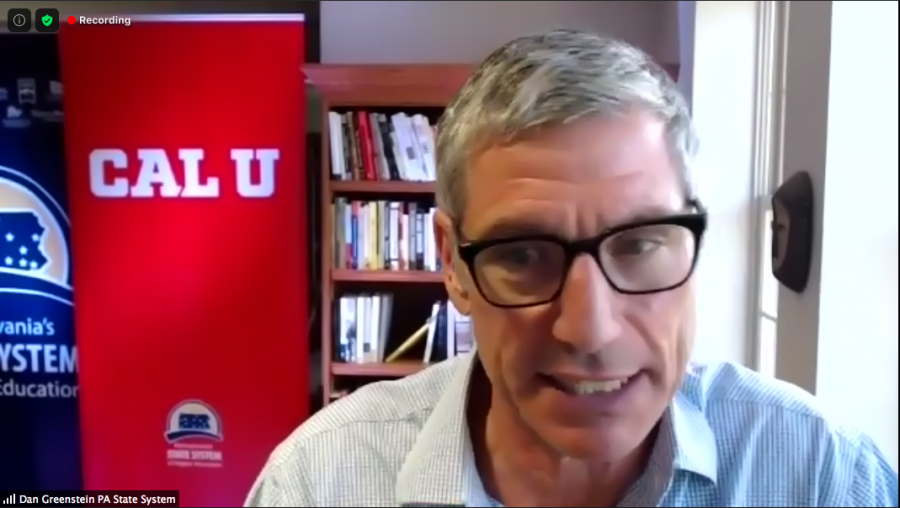
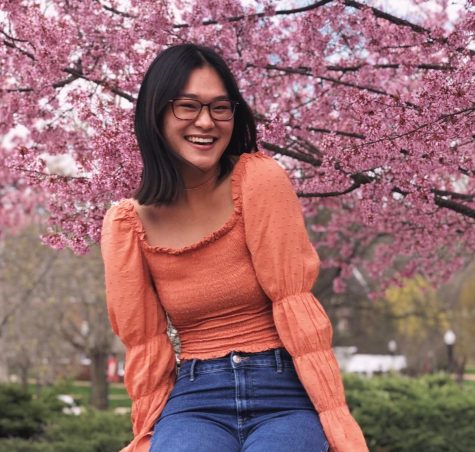

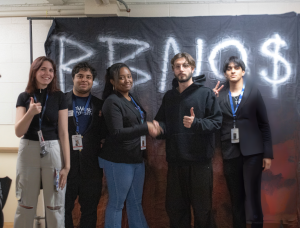
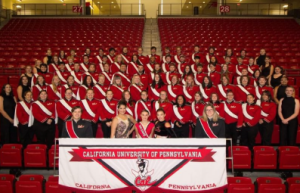
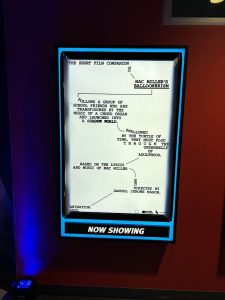
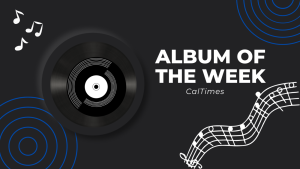
Phil coleman • Oct 8, 2020 at 11:43 am
Are there similar plans to unite eastern and central universities? Or is this just a western PA thing?
Will there be a need for campus living?
Will group activities, such as band, theater, debate, sports, disappear?
One of the trends at California over the last forty years has been decreased faculty availability on campus. This was caused by collective bargaining definitions of workload and, in California’s case, by inadequate local housing — many faculty living in Pittsburgh suburbs far from campus. the jointure plan seems to be one that would exacerbate that trend.